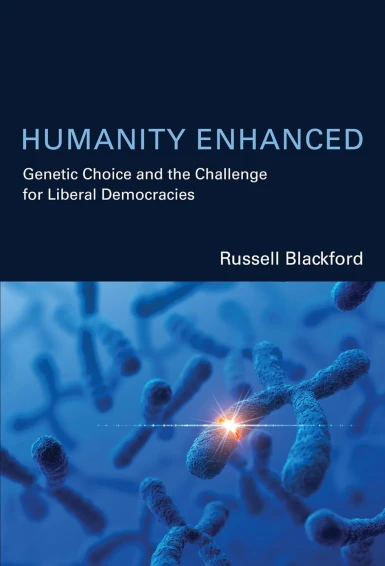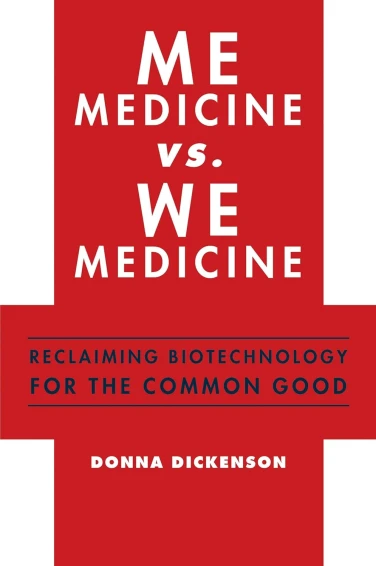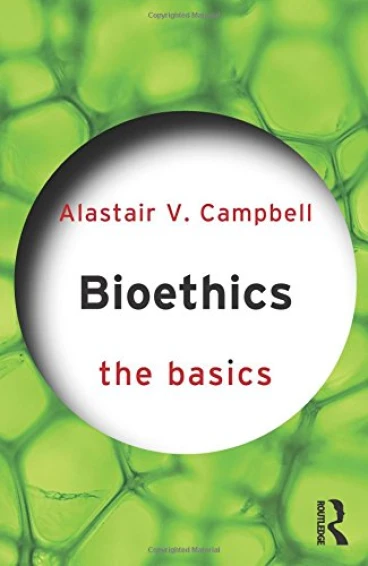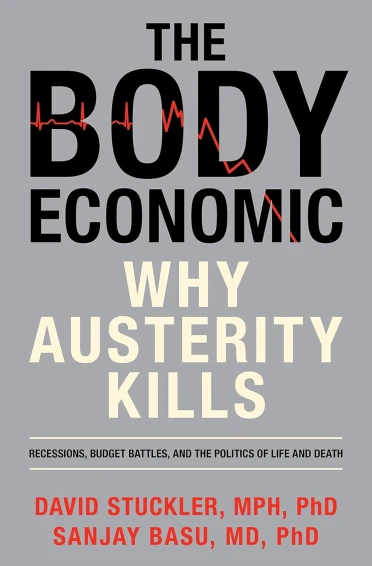
Angus Dawson and Marcel Verweij (eds)
OUP, 2007ISBN: 978-0-19-9229069-7
RRP £35.00
Issued as part of the series "Issues in Biomedical Ethics", Ethics, Prevention and Public Health is a cross disciplinary collection of theoretical and applied essays. Edited by ethicists Angus Dawson and Marcel Verweij, the book consists of contributions from UK, Dutch and American authors. Some papers are drawn from a 2002 research seminar on Public Health and Ethical theory held in Bilthoven, Netherlands, and others are the product of later work. This review outlines the content of each chapter in turn, and concludes with comments on the book as a whole.
The key themes addressed in the book are laid out by editors Dawson and Verweij in chapter 1. These are: that the initiative in public health programs comes from public health professionals rather than ‘patients', that interventions aim to protect and promote health at group level, the potential pervasiveness of preventative programs, the tension between public and private interests, the extent of each person's responsibility for the health of others, and what constitutes a ‘public good' apart from the aggregate of individual goods.
This last theme is developed in Verweij and Dawson's only joint chapter in the book. Existing definitions of ‘public health' are reviewed and contrasted in terms of their breadth of scope, the degree to which they carry normative implications, and whether the reference to ‘public' emphasises collective action, or aggregate health outcomes. The conceptual clarifications made are constructive, particularly insofar as they draw attention to the implicit normative message that reference to ‘public health' can bring.
Those with an interest in political theory will particularly enjoy Bruce Jennings's chapter on Public Health and Civic Republicanism. He argues that liberalism provides a limited paradigm for public health theory, providing few reasons for compliance. Instead, Jennings argues for a restoration of Civic Republicanism in which liberty is conceived of as a form of communal and social living from which arbitrary power and domination are absent. After addressing a possible ‘Republican Leviathan' as a critique of his proposals, Jennings appeals for a model of health citizenship that resonates with civic republican imagination. From a policy making perspective readers may draw interesting contrasts between Jennings's normative ‘health citizenship', and the descriptive accounts of ‘biological citizenship' as developed by authors such as Adriana Petryna and Nikolas Rose.
With a similar commitment to ideals of community and partnership (but bordering on insipid due to its weaker theoretical contribution) is Lawrence O. Gostin and Lesley Stone's chapter on the role of law in promoting public health. Seven strategies for the use of law to cultivate public health are described and commended.
An agenda for public health bioethics research is mapped by Daniel Wikler and Dan W. Brock in chapter 5. The wide ranging but legitimately undeveloped suggestions may prove useful to academic researchers. The strongest theme is social inequality; the suggested topic that is perhaps least developed in academic ethics is ‘population and genes'.
Tom Sorell argues in chapter 6 that the public should defer to expert opinion in the context of MMR vaccinations, because the costs of non-compliance are high, but that government should investigate such fears. This fairly pragmatic chapter fails to address libertarian counter-arguments.
Experience on an Institute of Medicine committee informs Dan W. Brock's discussion about ethical issues in applying quantitative models when setting priorities in prevention. Although it does not seriously interrogate the basic principle of quantitative modelling, this is a clear review of the conceptual and practical difficulties associated with it. This is a good introductory read.
Mariette van den Hoven's discussion of reasonable limits to public health demands is a pragmatic but stimulating discussion based on the premise that public compliance must be secured many public health initiatives but will be threatened when requests appear to be irreasonable from an agent's perspective. Drawing on the demandingness debate and Kagan's Limits of Morality, van den Hoven reminds us that reasonableness must be taken into account in public health ethics. The chapter links nicely to the Brock's preceding chapter and its discussion of conflicts between utilitarian calculations and other ethical models.
In chapter 9 a group of authors compare and contrast medical and public responses to the transmission of genetic and infectious diseases from parent to child. Taking as case studies the treatment of syphilis and cystic fibrosis in the United States, they demonstrate that the infectious disease, syphilis has been subject to paternalistic, state mandated rigorous screening, with presumed consent for widely practised treatment; cystic fibrosis screening, by contrast, has been conducted in a framework that stresses autonomous, informed and voluntary parental choice, with neutral counselling. Noting that moral factors could account for this difference, not least the difference between preventing harm to a foetus by treatment and preventing an affected foetus from being born at all, Jacobson et al suggest instead that the differences between syphilis and cystic fibrosis monitoring and prevention strategies can be accounted for by reference to the era in which they developed: syphilis testing began in an era of state paternalism, whereas cystic fibrosis prevention emerged in an era characterised by patient autonomy and informed consent. This argument is defended by reference to HIV/AIDS prevention policy which having emerged relatively recently accords with the voluntary and informed consent model rather than the paternalistic model.
In chapter 10 Angus Dawson explores the scope of a possible moral obligation to participate in a vaccination program. He argues that a moral obligation to be vaccinated exists where there is no herd protection, but that, though desirable at the population level, there is no compelling moral obligation for an individual to be vaccinated where herd protection already exists. This case is made by appeal to the harm principle (according to which an agent is obliged not to cause harm to another). Where herd protection does not exist, an individual can reduce the risk of causing harm to another through vaccination, and is therefore obliged to be vaccinated (Dawson denies a substantive difference between acts and omissions, and between intentional and non-intentional harms). On the other hand, where herd protection does exist, and no additional benefit accrues as a result of an individual being vaccinated, the obligation to be vaccinated dissolves. Dawson claims that ‘free-riding' does not create moral obligation especially when vaccination in the name of mutually carries a risk of harm.
In chapter 11, Verweij engages with arguments for and against a public policy of tobacco discouragement. He argues that such arguments tend to be vulnerable to the anti-paternalist critique on the grounds that the harm principle ought not be invoked when private persons knowingly and voluntarily engage in risky behaviour, and cannot be invoked for the protection of minors in private homes without profoundly illiberal intrusions into the private sphere. (Harm by passive smoking in public places is deemed to fall outside the scope of this chapter.) Consequentialist arguments also fall short whether they are based on cost or preference utilitarian calculi. In the case of the former evidence indicates that no net economic public benefit would accrue and in the case of the latter, Verweij challenges the notion that it is legitimate to seek to change people's preferences. Instead of these rejected lines of argument, Verweij suggests an alternative defence of tobacco discouragement based on the concept of a public good associated with less prevalent tobacco consumption apart from the benefit to private citizens who give up smoking. This public good consists in the effect of the social environment on not-yet- smokers and those aspiring to give up smoking. Given that smoking is addictive and a major cause of mortality, that health is a universal social value, and that smoking is partly determined and sustained by social practices and norms regarding smoking, Verweij finds that a liberal defence of tobacco discouragement can be made after all.
The twelfth and final chapter, by Niels Nijsingh is a discussion of informed consent in the context of newborn screening. Nijsingh argues that the ‘Informed Consent Imperative' (ICI) paradigm cannot be applied to expanded newborn screening opportunities without substantial difficulty. Improving the information available to parents, their levels of comprehension or lines of consent are the strategies that the ICI tends to promote, but these exacerbate problems such as high burdens of information and decision upon parents. However any reduction of the range of screening options available, or creating categories of disease which parents can choose to test for (e.g. serious, treatable, late onset) runs counter to the basic premise of the ICI: that there is something morally objectionable about pre-empting people's choices. Nijsingh then argues that the indirect nature of consent in the case of newborn screening has a bearing on this discussion. Consent must either be considered proxy (in which case autonomy loses its absolute character), or non-medical (information desired by the parents as parents); moreover Nijsingh finds it a stretch to suppose that the balance of benefits will vary from one child to another. In conclusion Nijsingh argues that the ICI paradigm places unrealistic burdens on individuals and society in the name of autonomy though autonomy does not properly apply to newborn screening, instead therefore, socially negotiated screening programs must be preferable.
Overall this book mixes fairly bland reviews of existing ethical debates in public health with some more stimulating and innovative philosophical arguments applied to public health topics such as smoking and newborn screening. Undergraduate students or researchers new to public health ethics may find the former useful. Those already familiar with the public health ethics will be more interested in the chapters falling into the later category, the though these remain accessible enough for all readers to enjoy.










